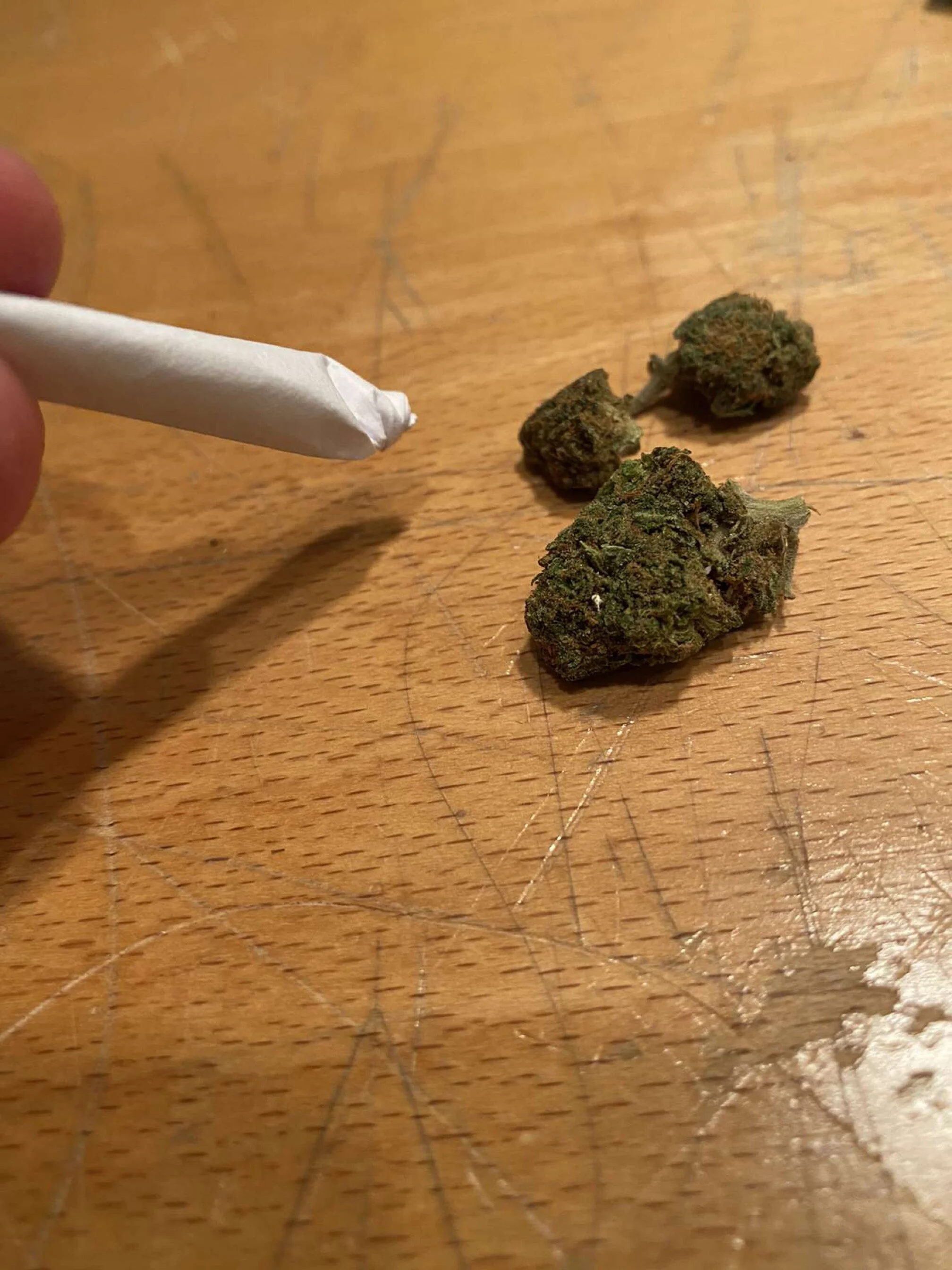Making sense of marijuana
Making sense of marijuana
Not classified as a depressant, stimulant or hallucinogen, marijuana has a unique effect on the human body.
According to the CEO of the Urschel Recovery Science Institute, Dr. Harold Urschel, the potency of marijuana today is many times greater than that of the past.
“People think marijuana today is like the marijuana of the sixties or the seventies with the hippies,” Urschel said. “That’s not true. Now it’s 30% pure [THC]. And then, if you take the THC juice or oil and you put it in a vape, that’s 90% pure.”
In recent years, marijuana enthusiasts have extended their efforts for the legalization of the drug beyond the therapeutic uses of the plant to complete recreational use. But Urschel cites states that have adopted these recreational policies like Colorado and Washington in his argument against the complete legalization of marijuana.
“Look at the data from Colorado and Washington state,” Urschel said. “Crime has gone up by like 70%. Traffic deaths have gone up by 400%. [This is over five or six years.] Look at the increased hospital admissions. Look at the increase of ICU [Intensive Care Unit] admissions.”
Scientific evidence has shown that the addictive properties of marijuana are detrimental to the brain’s health and composition, especially in those under 21.
“If you took a bunch of Marksmen, say the tenth grade, and they all started using marijuana at the beginning of junior year, I guarantee you that their GPAs would go down,” Urschel says. “It impairs your studying ability. It impairs your memory. It impairs your recall for tests, and then it impairs your motivation to study.”
Marijuana consists of 400 different chemicals, but two chemicals, Cannabidiol (CBD) and the previously mentioned Tetrahydrocannabinol (THC), have attracted the most attention because of how they affect the brain.
“When you smoke the actual marijuana, you’re getting a whole bunch of different chemicals,” Urschel said. “THC itself is the psychoactive — it’s essentially a psychedelic — so it’s related to LSD [acid] and mushrooms. It activates certain brain chemicals, like dopamine, which is a pleasure system in your brain. And then there’s CBD, which is a different chemical and, theoretically as far as we understand CBD, it doesn’t get you high – it activates a different brain chemical system.”
In Texas, the only way you can legally smoke marijuana is if you have intractable epilepsy, a severe seizure disorder. According to Dr. Pablo Zeballos, who works in pain management, there are only 20 to 30 neurologists in the nation who can prescribe medicinal marijuana.
“There was an act called the Texas Compassionate Use Act in 2015 that allowed for medical marijuana to be finally prescribed in Texas by physicians,” Zeballos said.
Unlike THC, CBD is legal in Texas.
“CBD, since it’s not a prescription, you can just buy over the counter,” Zeballos said. “I don’t actually prescribe CBD, I will recommend it for certain patients. It’s not something that cures everything or helps everything, but it does help certain aspects of pain.”
Although CBD and THC are made up of the same atoms, they differ in their chemical structure. And that miniscule alteration makes a big difference in their chemical properties.
“Taking the marijuana plant and extracting CBD is a pretty sophisticated chemical process,” Urschel said. “And that’s why you can get some THC still attached in your CBD. So [businesses] sell you this oil as CBD, but there’s actually THC in it.”
Even though CBD does have traces of THC in it, the two chemicals are used to treat different problems. THC is best for nausea, appetite and glaucoma. CBD, on the other hand, is best for seizures and pain.
“About 70 to 80 percent of patients with chronic pain will have insomnia because the pain doesn’t allow them to fall asleep.” Zeballos said. “Or they may have anxiety or depression because of pain. And so, when I recommend CBD for them, it will not only help with the pain but also the mood, anxiety and sleep.”
Since most forms of THC and CBD are not FDA-approved, the ingredients listed on a certain product may not be the same ingredients actually in the product. Whether purchasing CBD oil, cream or pills, according to Zeballos, it is important to get a product that is organic and pesticide-free.
“If you get CBD oil or capsules,” Zeballos said, “it’s best to get it from a reputable source that shows you that they have a third party, independent company or lab that will actually verify that what you see is what you get.”
It is a Marksman’s duty to educate himself on both the benefits and detriments of marijuana and its different forms. Then, he must choose how he wants to respond to that information..
“At the end of the day, Marksmen have to decide.” Urschel said. “Do I want to make a decision to hurt my brain, as hard as I’m working at St. Mark’s, to achieve my goals?”
